Scientists Make Breakthrough in Reviving Woolly Mammoths
In a groundbreaking development aiming to bring back the woolly mammoth, researchers have achieved a crucial milestone by obtaining elephant stem cells necessary for the project. These cells, referred to as iPSCs, have undergone reprogramming to possess the capability to develop into any type of cell within the body. This achievement paves the way for scientists to delve into the distinctive adaptations of woolly mammoths and experiment with genetic modifications without the necessity to harvest tissue from existing animals.
Eriona Hissoli, the head of biological sciences at Colossal, highlighted the defining traits of mammoths that played pivotal roles in their survival in the Arctic environment. These features include fur insulation, fatty deposits for energy reserves, curved tusks for various functions, and a domed skull structure that set mammoths apart.
Moreover, the utilization of iPSCs will facilitate the generation of elephant reproductive cells in laboratory settings, streamlining the mammoth revival process by sidestepping the requirement to extract biological materials from extant animals.
The subsequent phase for researchers involves the creation of a woolly mammoth embryo by merging ancient mammoth DNA with elephant cells. Subsequently, this embryo must be implanted into a surrogate elephant mother to undergo the full 22-month gestation period.
"While the generation of a woolly mammoth embryo appears within reach, ensuring the successful birth of a healthy offspring will demand substantial time and dedication," remarked Hissoli on the challenges lying ahead in this ambitious endeavor.
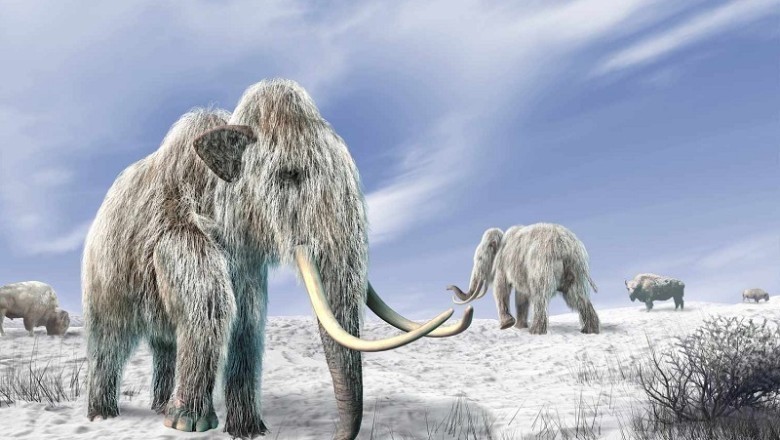











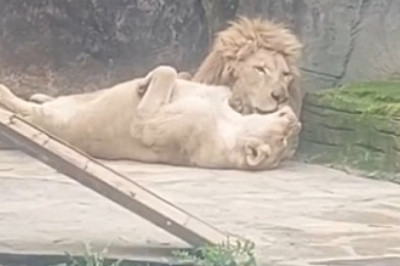
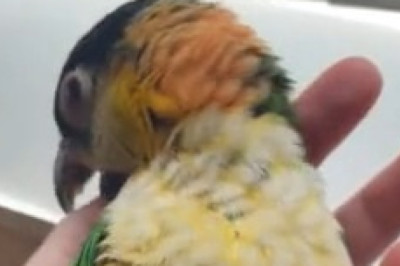
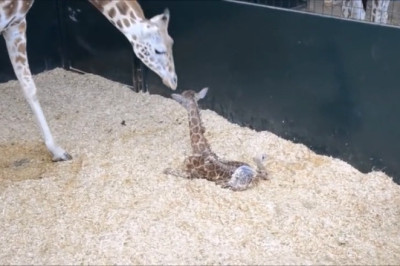

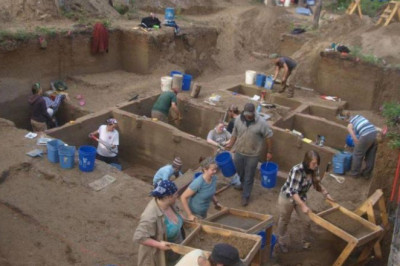




Comments
0 comment